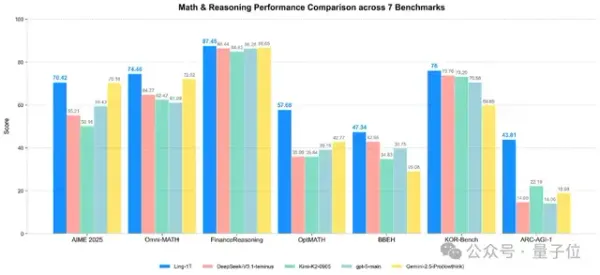NVIDIA’s AI Compute Monopoly May Be Shaken — AMD Bets It All, Altman Delighted

New Intelligence Report

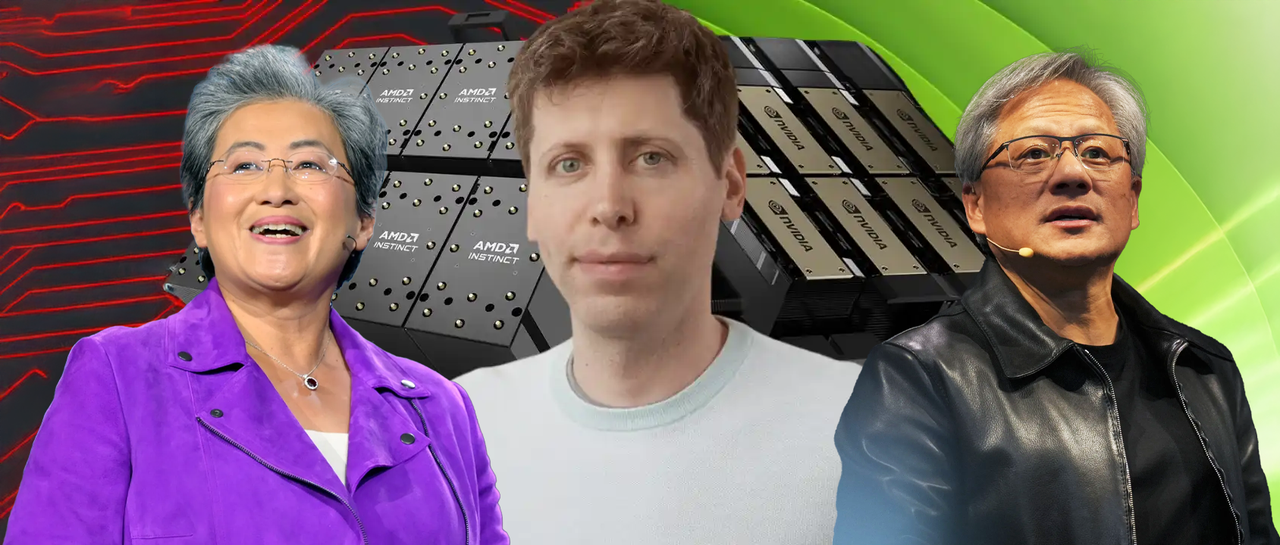
---
Overview
When OpenAI and AMD signed a cooperation agreement for 6 GW of chip supply plus warrants, it struck like a strategic bomb — potentially reshaping the AI hardware ecosystem.
For AMD, this marks a shift from follower to potential core computing power player — a move filled with both risks and opportunities.
📎 Related Reading:
---
Major Announcement
Shortly after revealing plans to deploy 10 GW of NVIDIA GPUs, OpenAI announced it will also deploy 6 GW of AMD GPUs.
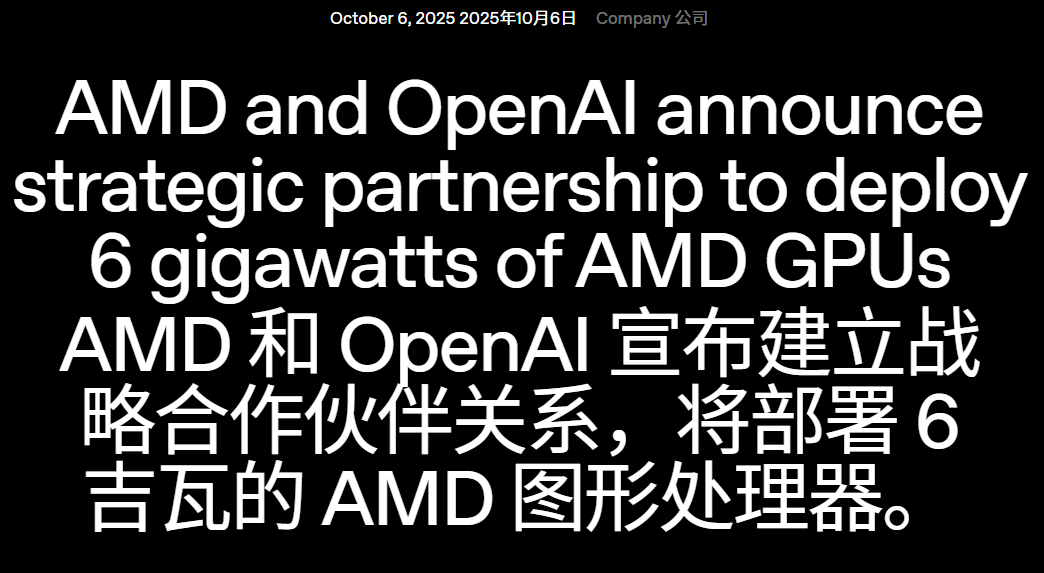
Market Reaction: AMD’s share price jumped from $164.37 to $226.36 — a surge of almost 40%.
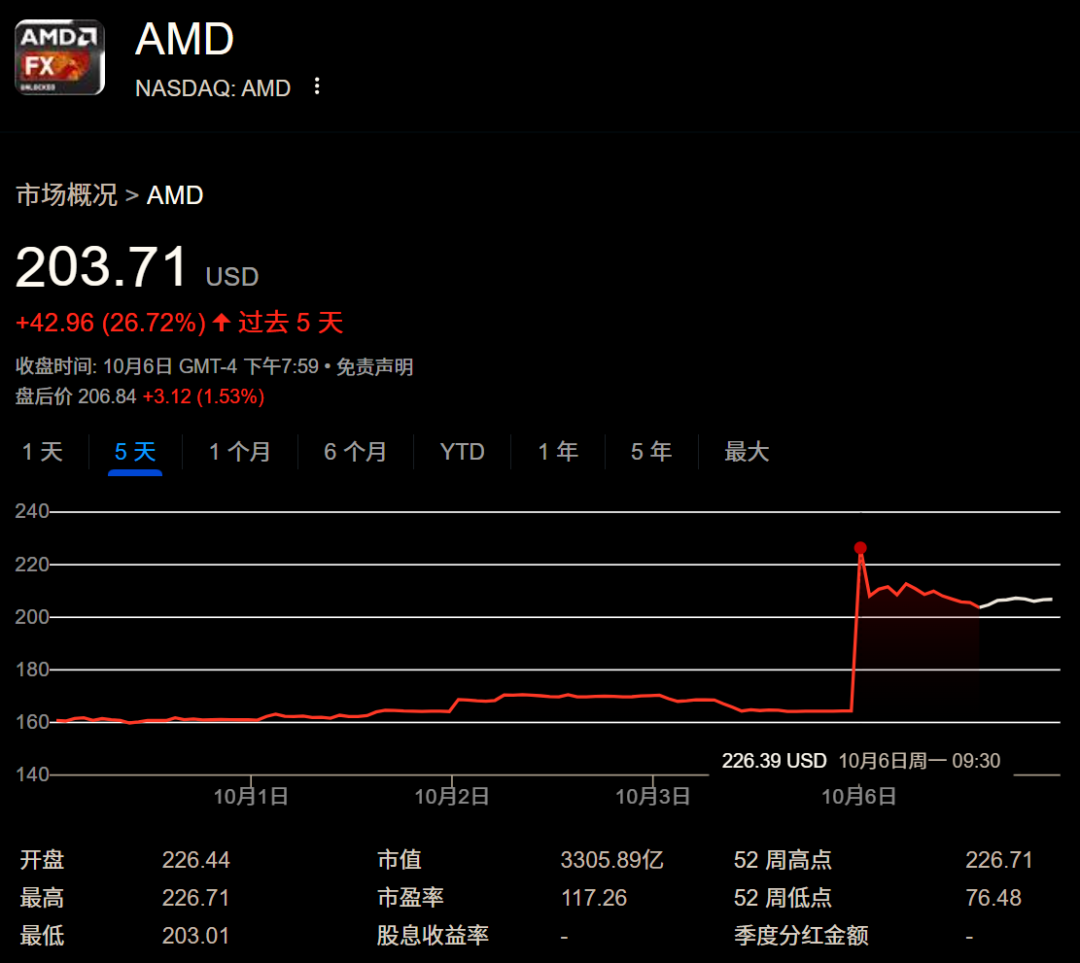
Question: Beyond market excitement, what opportunities and challenges lie ahead for AMD?

---
AMD’s Strategic Turning Point
AMD has long been seen as the #2 contender in CPU and GPU markets — competing against Intel and NVIDIA.
AI Wave Catalysis
- Trend: Large-scale compute power has become a scarce resource.
- AMD’s Instinct-series GPUs target AI training and inference workloads.
- Challenge:
- Training segment has high ecosystem barriers (dominated by NVIDIA).
- Inference segment is more open but demands strict stability, efficiency, and compatibility.
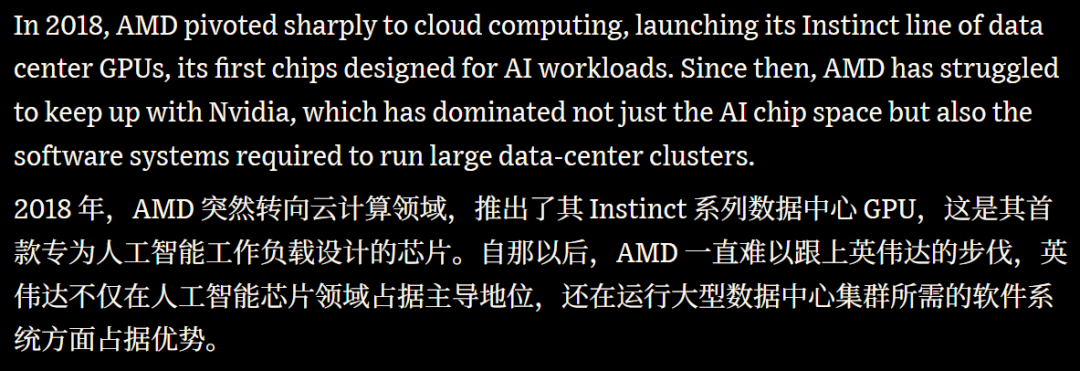
Why This Deal Matters
- Beyond standard chip orders, it includes capital-binding mechanisms:
- OpenAI holds warrants to acquire up to 160 million AMD shares at $0.01/share.
- Conditions include deployment milestones, stock price levels, and other metrics.
- Full exercise could give OpenAI ~10% stake in AMD.
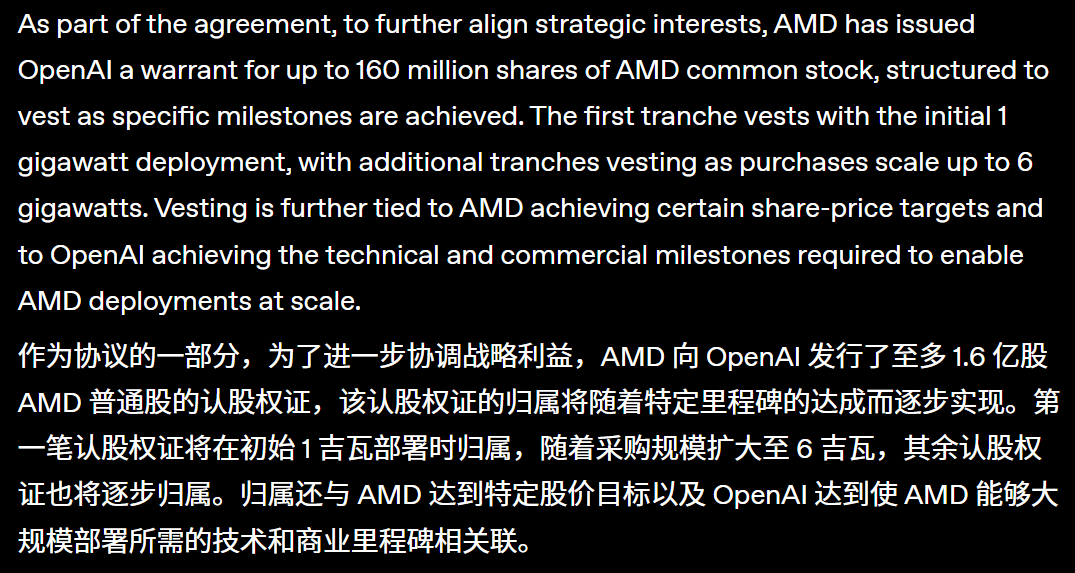
Strategic Benefit:
- OpenAI gains potential multi-billion-dollar equity at minimal cost.
- Rising AMD stock can fund future AMD GPU purchases.
- A mutual incentive & binding commitment — deep integration if successful.
---
Implications for the AI Hardware Ecosystem
Such alliances intertwine capital, supply chains, and platforms.
Example: Platforms like AiToEarn官网 integrate:
- AI-powered content generation
- Cross-platform publishing (Douyin, Bilibili, Instagram, YouTube, X)
- Analytics & AI模型排名
These illustrate that infrastructure diversity — whether for compute or content delivery — is key in global innovation.
---
Supply Logic and Industry Context
Compute Scarcity
- NVIDIA GPUs long dominated training/inference.
- Result: supply-demand imbalance & price hikes.
Multi-source Strategy
- OpenAI President Greg Brockman: "We need as much compute as we can get."
- Partnerships diversify hardware sources — including Broadcom, Microsoft, AMD.
Key Insight: AI infrastructure should never rely on a single supplier.
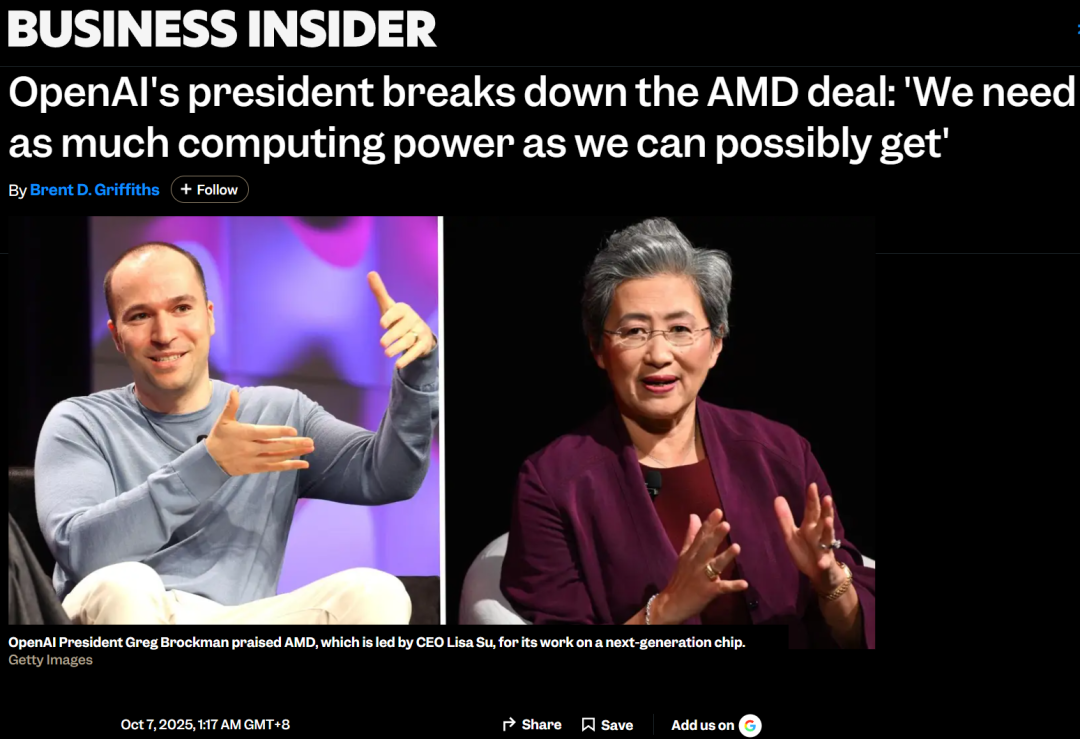

---
Pressures on NVIDIA’s Leadership
- Custom Chips: Cloud giants & AI labs develop their own accelerators.
- Capacity Constraints: Scarce advanced wafer fab capacity (TSMC).
- Ecosystem Moats: CUDA & NVIDIA’s toolkit remain dominant — but migration is possible.
AMD still lags in training workloads; however, inference presents competitive opportunities.

---
Risks for AMD
1. Deployment Goal: 6 GW Inference
- Requires large upgrades in datacenter power, cooling, interconnects.
- First 1 GW slated for late 2026 — ambitious timeline.
- Logistics & infrastructure challenges could disrupt schedules.


2. Manufacturing Constraints
- AMD relies on foundries like TSMC.
- Competes for capacity with Apple, NVIDIA, others.
- Yields, quality, and packaging issues may impact delivery.

3. Software Ecosystem Lag
- NVIDIA’s CUDA/cuDNN/NCCL deeply entrenched.
- AMD’s ROCm ecosystem lacks comparable maturity and developer adoption.
---
Valuation Bubble Risks
WSJ projects AMD could near $1 T market cap at $600/share — based on aggressive growth assumptions.
Downside Risks:
- Missing milestones limits equity release.
- Market revaluation could drop stock sharply.
- Competition could constrain growth outlook.


---
Three Potential Paths
Optimistic
- Smooth 1 GW deployment, faster scale-up
- Developer migration & open ecosystem adoption
- AI chip revenue share grows to 15–25% of total
- AMD becomes clear #2 in AI hardware

Neutral
- Deployment has delays
- Limited ecosystem migration
- AI chip valuation discounted
- Still better than current position

Pessimistic
- Major deployment failure
- OpenAI skips warrant exercise
- Competitor breakthroughs
- Market re-prices AMD lower

---
Strategic Takeaways
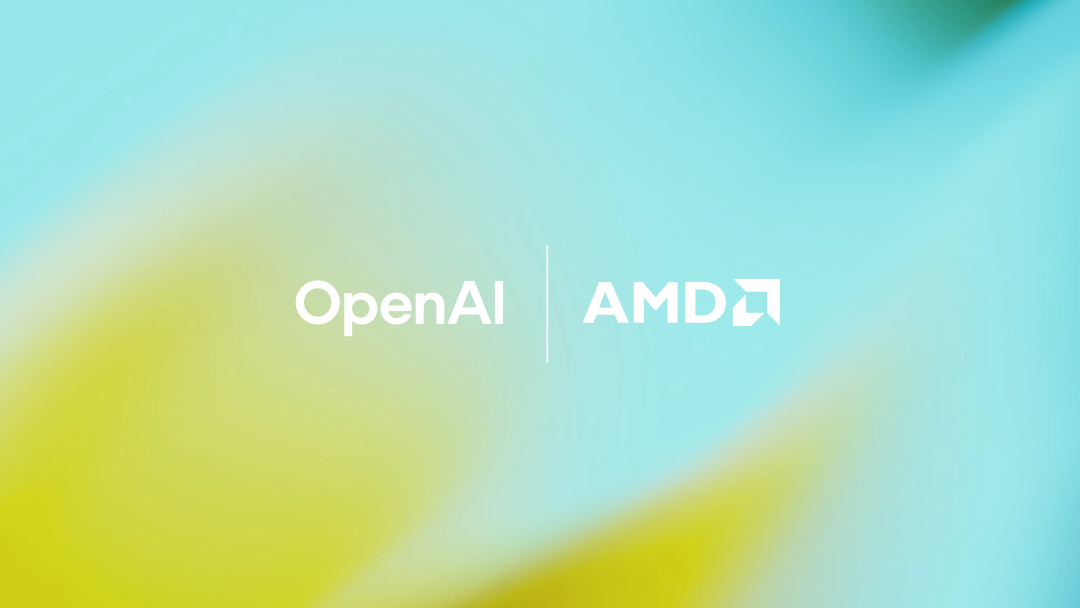
- For AMD: High-stakes gamble — core compute entry if successful, wasted effort if not.
- For OpenAI: Steps toward compute sovereignty and supply diversification.
- For Industry: Signals end of single-supplier dominance and rise of multi-architecture era.
Future Outlook: Coordinating hardware innovation with AI content/multiplatform strategies (like AiToEarn) could parallel AMD’s goals.
---
References
---
Bottom Line:
The AMD–OpenAI alliance is a calculated risk with the potential to disrupt AI hardware leadership. The next few years will reveal whether AMD can match execution to ambition — and whether diversified ecosystems in both compute and content can become the new norm.

